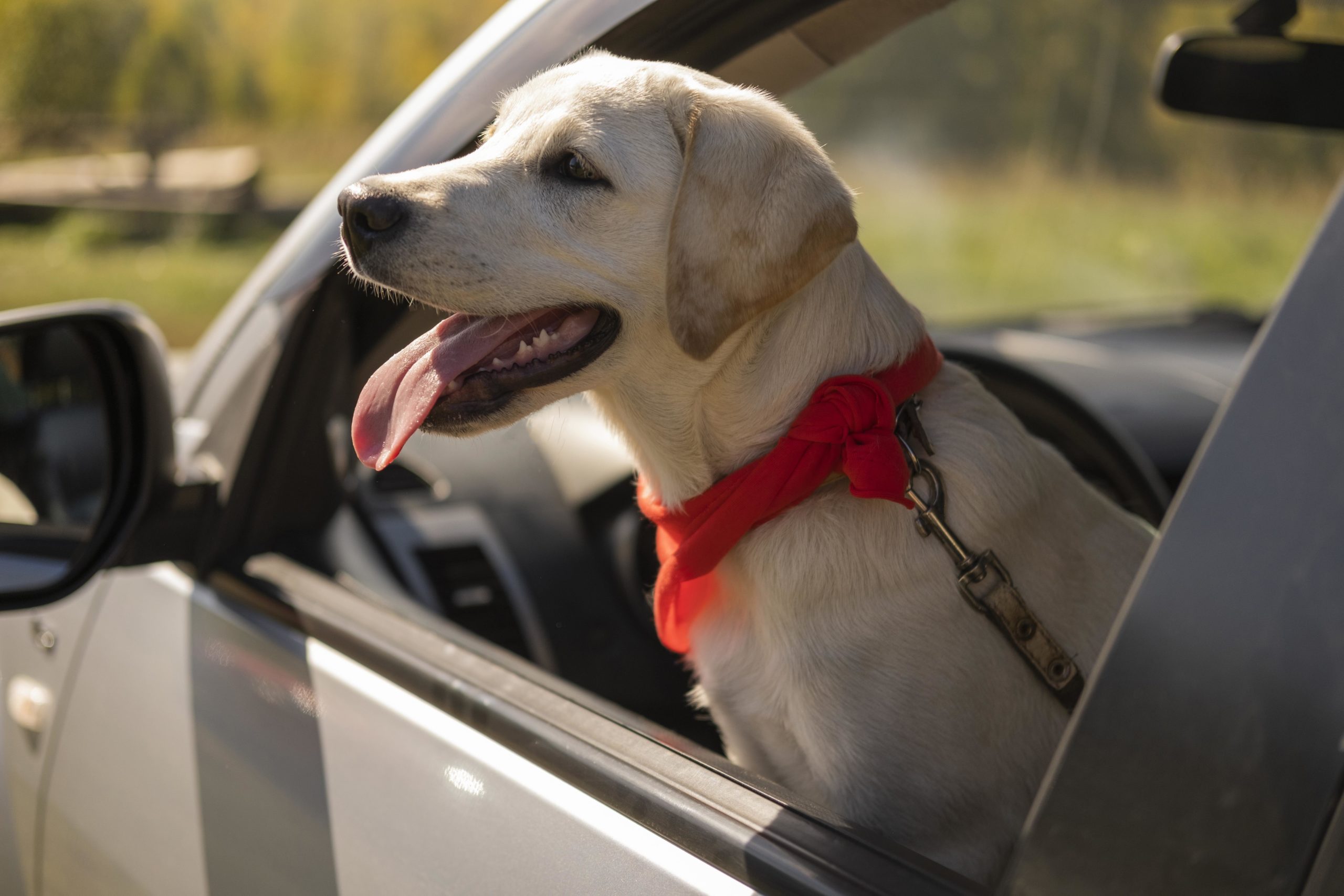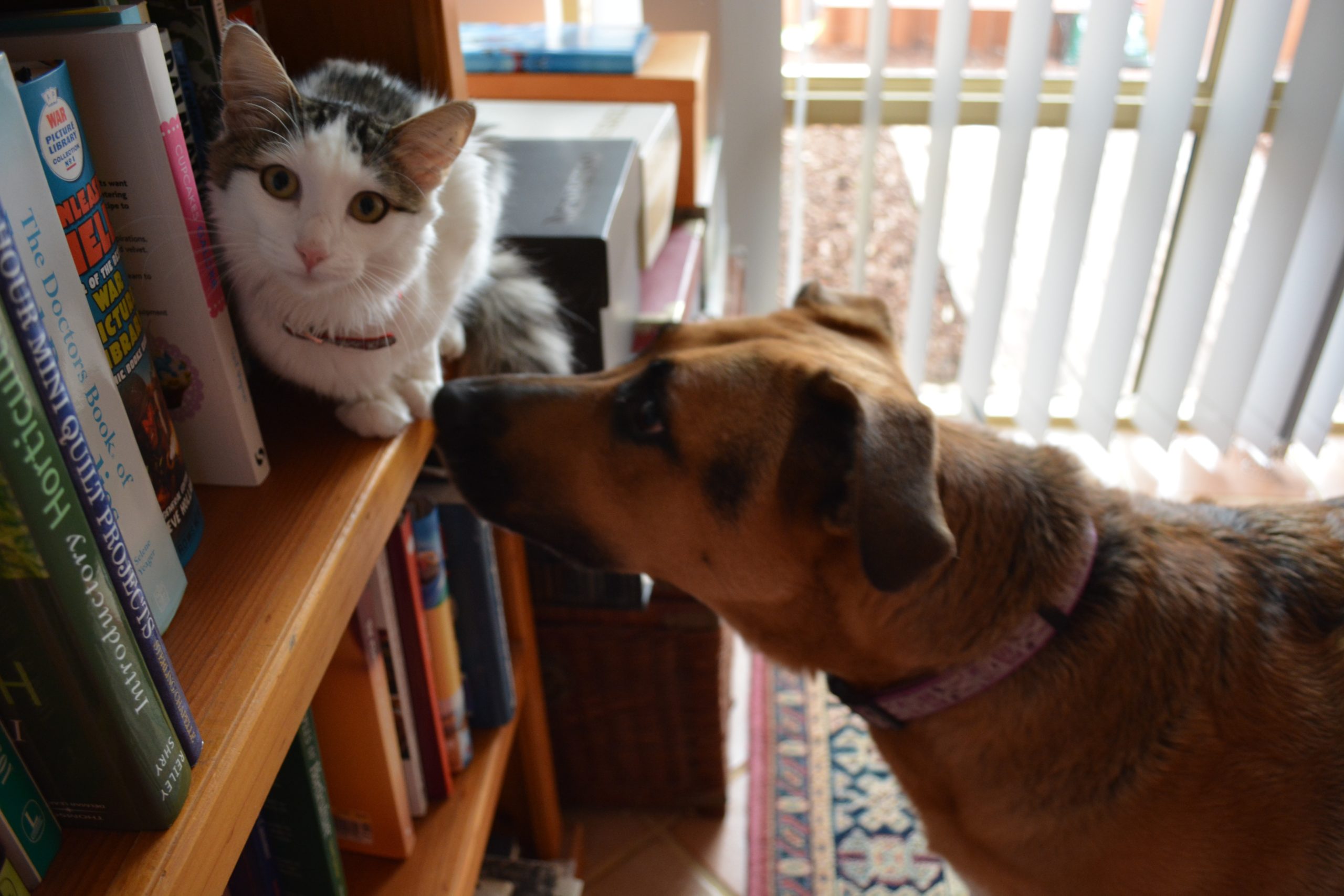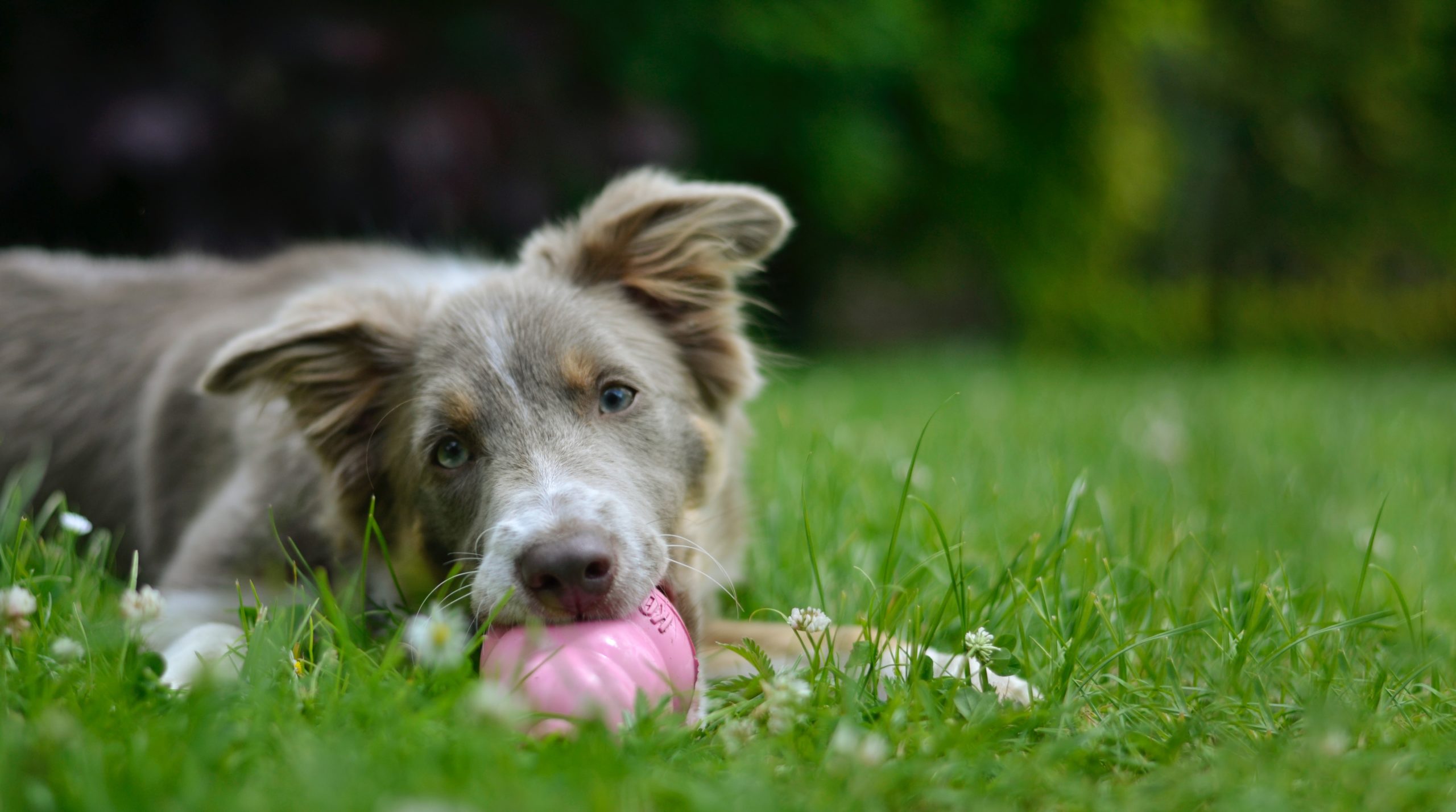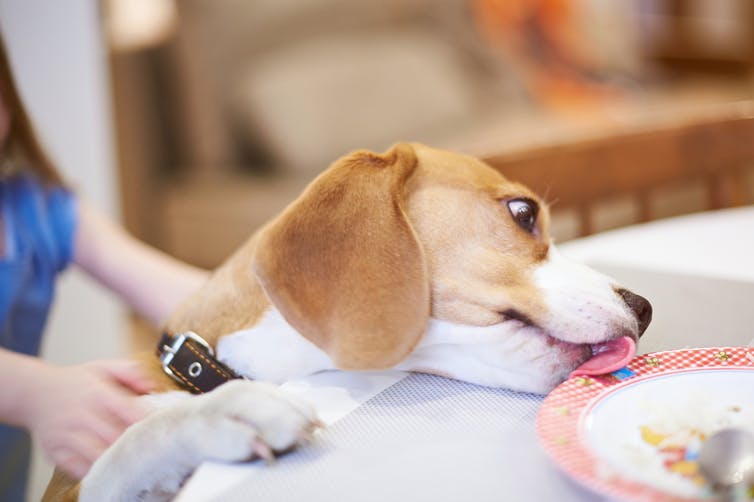Obsessive-compulsive disorders in dogs are a group of repetitive, relatively unvaried behaviour patterns that appear to have no purpose. The most common of these abnormal behaviours include pacing, barking incessantly, circling, fly snapping, flank sucking and self-mutilation. Often the behaviour interferes with the dog’s normal functioning. So, how does a behaviour become compulsive and what should be done about it?
What is an obsessive-compulsive disorder?
This is when a dog exhibits abnormal, recurrent actions that are out of context with the situations in which they occur. The behaviour becomes compulsive as the dog loses control over initiating or terminating it. The behaviour is deemed excessive in duration, frequency, and intensity. The dog may be difficult to distract from the behaviour and it may interfere with normal function.
What are some examples of obsessive-compulsive disorder?
Repetitive motor, grooming, ingestive, or hallucinogenic behaviours that occur out of context, or of excessive duration or frequency include pacing, circling, incessant or rhythmic barking, fly snapping or chasing invisible objects, acral lick dermatitis, flank sucking, freezing and staring, excessive water consumption, sucking, licking or chewing on objects (or owners), tonguing or licking the air and other forms of self mutilation. Freezing and staring is also considered an obsessive-compulsive disorder if it is an inappropriate and extended behaviour.
What is acral lick dermatitis?
Acral lick dermatitis or granuloma is a lesion that results from excessive licking at a specific area on one or more of the limbs, and often occurs on the top of the carpus or wrist of the front leg. Sometimes pain in the area from arthritis, or irritation from a skin disorder causes the excessive licking, so medical problems need to be ruled out before a behavioural problem is diagnosed.
Excessive licking can be a response to boredom, or to situations that are stressful to the dog, or cause anxiety. Once the lesion forms, it in itself becomes itchy due to inflammation and infection, and that encourages further licking.
Since these lesions are often infected, antibiotics are usually required, as well as anti-inflammatories. The area is often bandaged to prevent access to the lesion until it heals. However, in many cases, the condition relapses. The underlying cause of the anxiety or conflict should be identified and removed, or the dog desensitized to the stimulus.
What is flank sucking?
This is most common in Dobermans, and involves the dog taking a section of the flank skin into its mouth and holding that position. It may be an inherited behaviour in Dobermans. Treatment may not be necessary if the dog is not doing itself any physical harm, or is not so compulsive as to contribute to other behaviour problems.
How does a behaviour become compulsive?
Since certain behaviours are more common in certain breeds there may be a genetic predisposition to obsessive-compulsive behaviours. Apart from flank sucking in Dobermans, other examples include fly chasing in Miniature Schnauzers and tail chasing or spinning in Bull Terriers.
Some owners inadvertently encourage these behaviours such as encouraging tail-chasing when the dog is a puppy by giving attention to it, or by trying to disrupt the behaviour with food, a treat, or attention.
Many behaviours arise spontaneously as a response to conflict or anxiety.
How are obsessive-compulsive disorders treated?
An underlying medical reason for the behaviour needs to be ruled out, and this can involve in-depth medical investigation.
Some behaviours are not treated if they are not causing any physical harm to the dog and do not cause the owner significant concern. For some dogs, the compulsive behaviour may be the most practical and acceptable outlet for reducing stress or resolving conflict in the home environment.
Drug therapy is often used as it can help normalize brain neurotransmitter levels. Drugs are used in conjunction with behaviour modification. This involves reducing stress or finding methods of decreasing the sources of arousal and conflict. Situations that cause the behaviour are examined, so that they can be avoided if possible. The behaviour is not rewarded by attention from the owner, or other pleasant distractions.
The dog can be distracted from the behaviour by remote indirect devices such as an abrupt loud noise (rape alarm or air horn), a water pistol, or by pulling on a head halter attached to a leash. Once the dog is distracted sufficiently to stop the behaviour, alternative behaviours are encouraged such as sitting or lying quietly. Once a desirable behaviour is exhibited, it is rewarded.
The dog also requires stimulation in the form of exercise, play, and social attention, as well as appropriate toys. Obedience training is often helpful. Punishment is detrimental, causing increased anxiety and fear of the owner, and therefore intensifying the problem.
Your veterinarian or an animal behaviour specialist can help you to identify the source of the problem in your dog, and design a behaviour modification protocol in conjunction with appropriate drug therapy.




